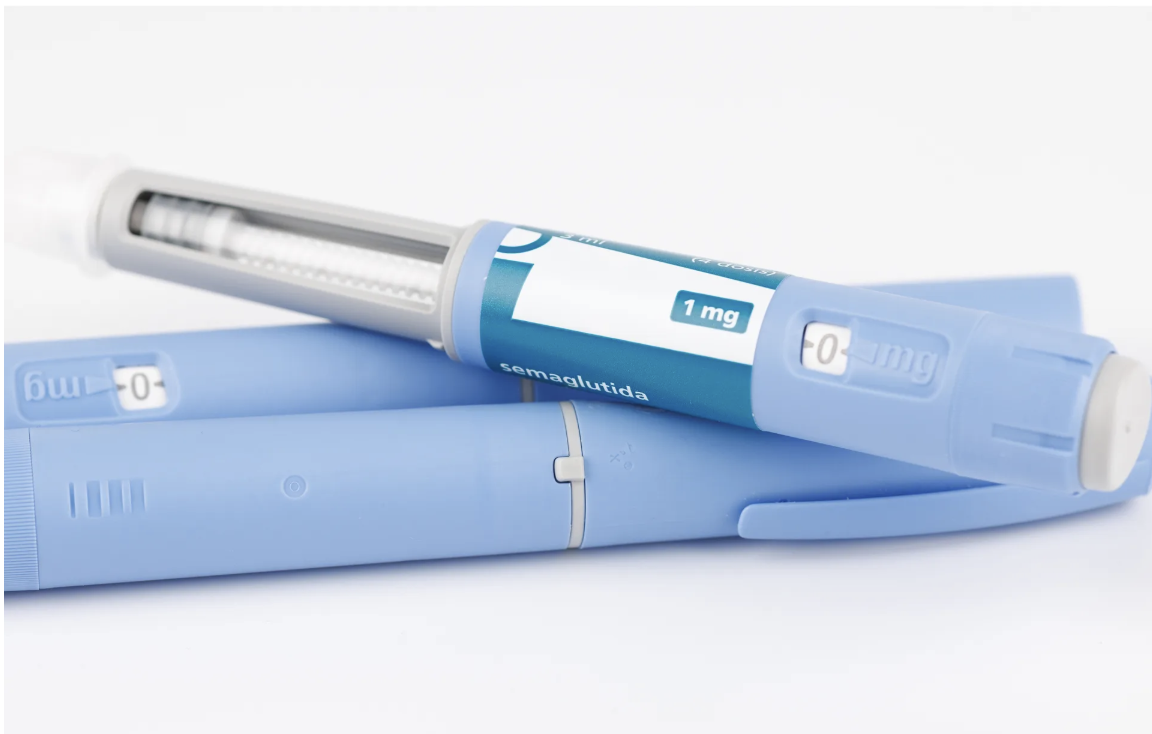Wellness Resources
Is It Smart For You To "Microdose" GLP-1s?
The internet loves a shortcut, and “microdosing” GLP-1s is the newest one. But when it comes to safety and science, there’s still a lot we don’t know.

“Microdosing” GLP-1s sounds great in theory. Stretch your expensive medication, dodge nasty side effects, and maintain your weight loss without the full-dose intensity. What’s not to love? 💉
Turns out, plenty. Those bargain vials and custom doses are uncharted waters with almost zero formal data. Before you go rogue with GLP-1s, here’s what you need to know:
First, How Do You Microdose GLP-1s?
There are two approaches (and it’s possible to combine both):
- Stay at the Starter Dose. Normally, doctors start you on a low dose and gradually increase it to curb gastrointestinal side effects. Microdosing starts at fractions of the lowest prescribed dose and stops that titration early, maintaining a subtherapeutic dose long-term.
- Stretch Out Your Injections. The most popular GLP-1s (Ozempic, Wegovy, Mounjaro, Zepbound) are administered as once-weekly injections. But you can microdose by spacing them out longer (e.g., every 10 days or two weeks).
The Potential Pros of Microdosing GLP-1s
The true potential benefit of microdosing may have nothing to do with weight loss; it may be cellular. GLP-1’s have a plethora of benefits ranging from reducing inflammation, to stimulating the immune system, to reducing oxidative stress, to boosting mitochondrial function, that lead to documented neurocognitive and cardiovascular protection.
Next, let’s talk about cost. If you’re paying out of pocket, GLP-1s can cost anywhere between $850-$1,400 per month. Microdosing is one way to bring that price tag down.
Next, side effects. Studies show that between 40 to 70% of people experience gastrointestinal issues such as nausea, vomiting, diarrhea, constipation, and bloating. The logic is that lower doses lead to milder side effects.
Then there’s the maintenance angle. Maybe you’re someone who’s already lost weight on full-dose GLP-1s and is looking for “maintenance” to keep the scale steady.
It all sounds promising. But if it were that great, wouldn’t organizations like the American Diabetes Association be loudly endorsing GLP-1 microdosing?
The Cons of Microdosing GLP-1s
The reason they don’t is that we don’t have any data on it, YET.
The FDA approved GLP-1s after testing them in large clinical trials (such as STEP and SURMOUNT) at specific doses and intervals. Microdosing was not part of those studies.
That means we have no formal evidence on whether lower doses are effective, safe, or provide any long-term health benefits. And without trial data:
1) Insurance (probably) won’t cover it. Microdosing GLP-1s isn’t FDA-approved, so insurers see it as “experimental.” And experimental treatments are almost always excluded from coverage.
2) We can’t predict the response. Will you lose weight? Maintain it? Have less appetite? There’s no way to predict the outcome because we don’t have research.
3) Sourcing becomes risky. FDA-approved GLP-1s aren’t designed to be split into tiny doses, so people turn to compounded versions. But the FDA has restricted the mass compounding of GLP-1s for safety and regulatory concerns.
- Zoom In: That means if you stumble on a pharmacy or medspa offering GLP-1 microdosing, it might carry safety and purity risks.
It could also become an ethical issue. If lots of people start microdosing, it could re-trigger a GLP-1 shortage and make it harder for people with diabetes to access the medication.
How Microdosing GLP-1s Got Popular
Despite these cons, microdosing GLP-1s seems to be everywhere on social media. And part of the reason for that is our society’s cultural baggage.
- Zoom In: It’s not uncommon for women to be accused of “cheating” or being “vain.” By the way, this applies to men too.
It seems people are more comfortable saying they “microdose” GLP-1s because it signals they’re not taking the drug for vanity’s sake. In my opinion, we have bigger issues than judging anyone for taking or not taking a drug.
Tips for Women Over 50 Considering This
If you’re going to explore microdosing, here’s what you should do:
- Chat with your doctor. Microdosing is off-label. If you’re considering it, do so under medical guidance.
- Remember this is a tool (and not a solution). Anchor any medication in the fundamentals: training 2-3x weekly, eating protein (90-100 grams daily), and getting quality sleep.
- Reframe success. The goal isn’t to just “lose weight.” It’s for you to have energy, mobility, and to feel good day-to-day.
Lastly, don’t let stigma drive your choices. This is a decision based on what serves you best. Just get the proper guidance so you’re clear on what’s proven versus what's still a guess.


